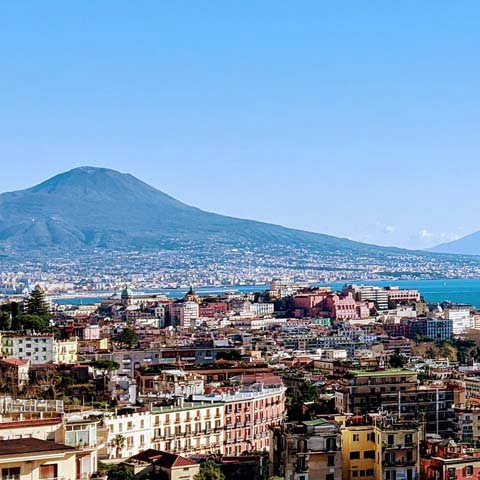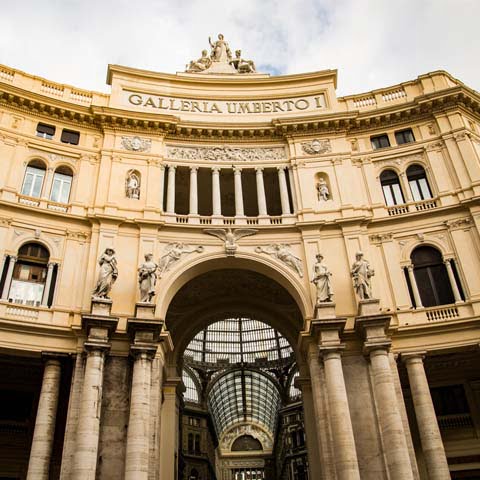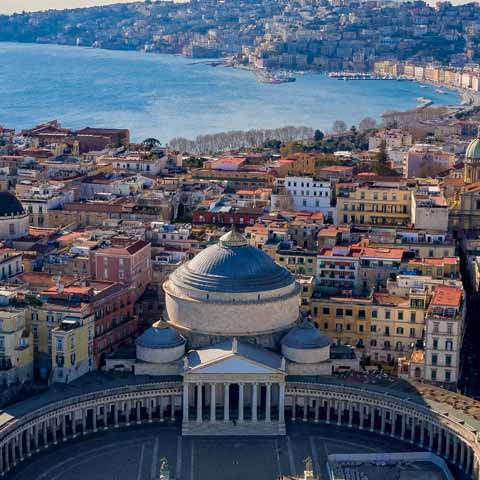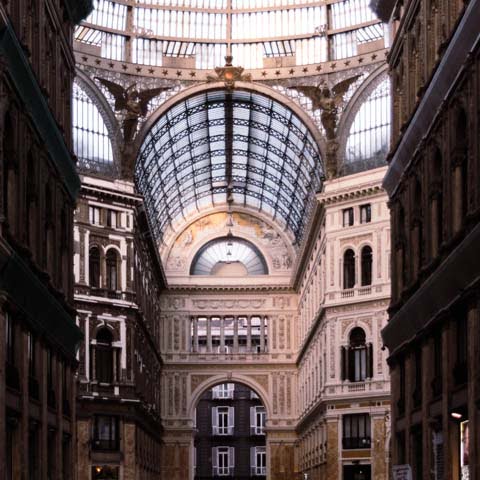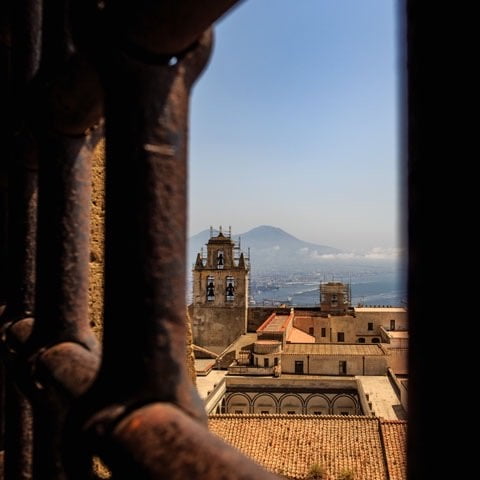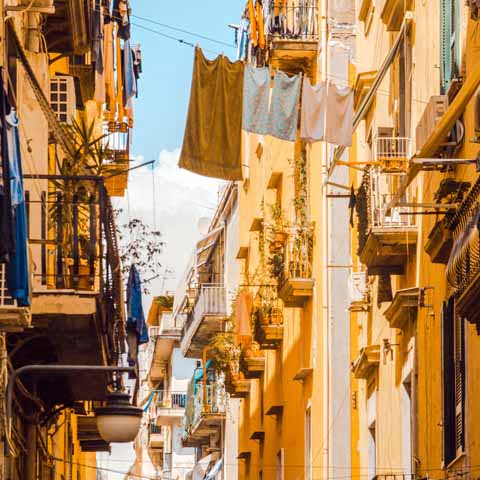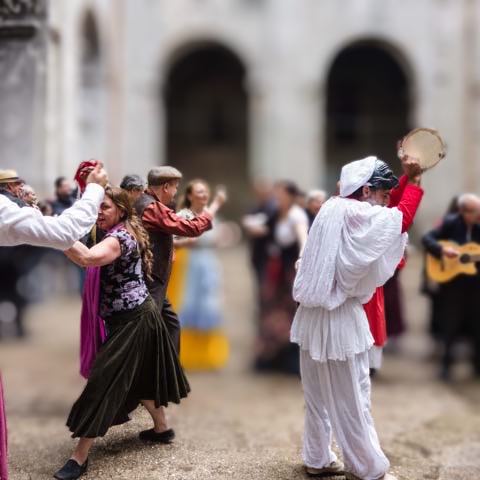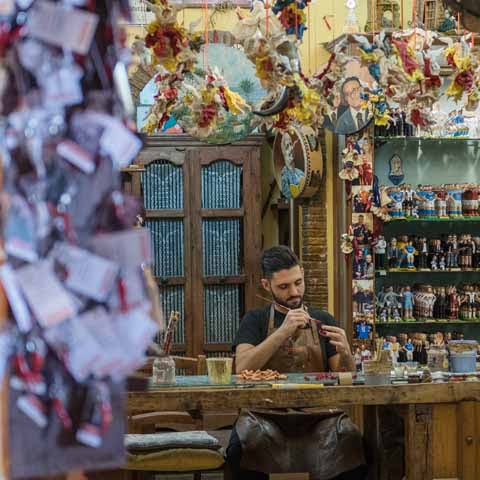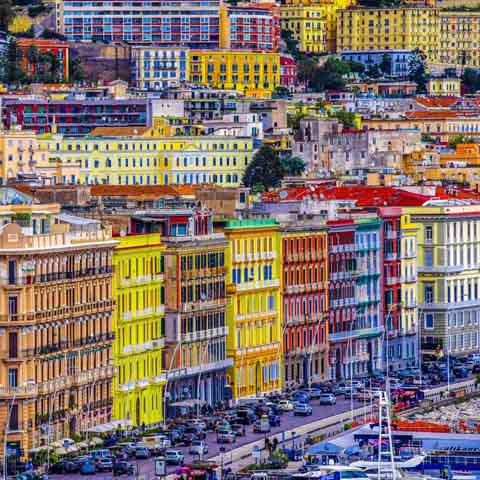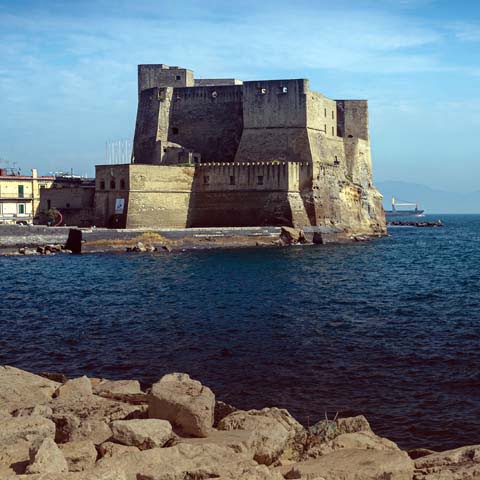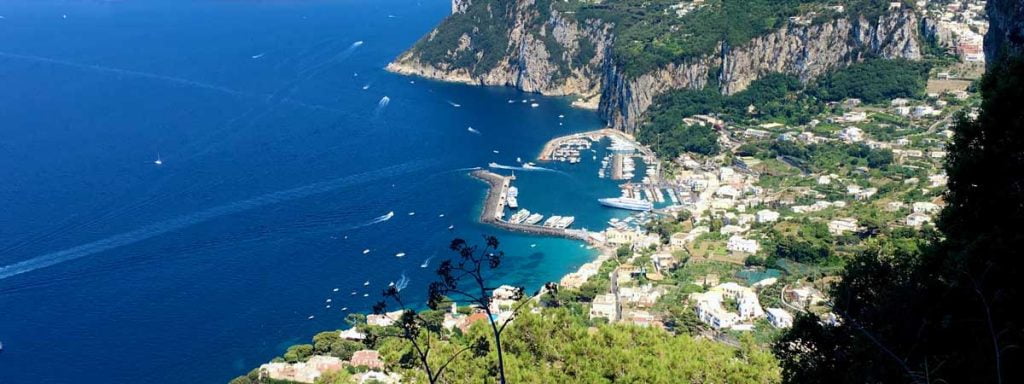As you travel south along the boot of Italy, you will find one of the most populous and fascinating cities in the country, Naples. The city sits on the country’s southwest side and opens to the blue expanse of the Gulf of Naples. Naples offers a unique combination of old and new as a thriving port city, making it one of the most traveled national and international tourist destinations.
As the third largest city in all of Italy after Rome and Milan, Naples is the commercial and financial hub of southern Italy. With a population of nearly 950,000 living inside the city limits, it has 31 quarters or neighborhoods. The tall skyline of 13 office buildings in Naples’ business district is a nod to the city’s growth and its status as the third largest economy in Italy. In fact, Naples was the first city in Italy to build a grouping of skyscrapers in its business district.
Considering the huge size of Naples, it is not surprising that it is believed to be one of the oldest continuously inhabited urban areas in the world. Historians estimate it has been inhabited since the Neolithic period, but was first truly settled by the Greeks in the second millennium. As a strategic port city, Naples became a key location in Magna Graecia. Though most of the Greek settlers were Latinized by the Middle Ages, Greek influence can still be observed in many aspects of Neapolitan culture, specifically the architecture and local dialect.
Naples has held some important historic distinctions over the years. In the Roman period, the Biblical Apostle Peter is said to have preached on this very shore, making Naples one of the first sites of Christianity in the Western world. In the Middle Ages,
Naples became the influential capital of the Kingdom of Naples, a role it held for more than 500 years. Due to its power and subsequent development as an industrial center, Naples was a huge target during World War II, and it earned the title of the most bombed city during World War II.
Fortunately, Naples rebuilt quickly and efficiently in the ensuing years. Today, the city is home to more than four hundred historical churches, hundreds more non-historical churches, and around a dozen much sought after educational institutions. The total number of historical and non-historical churches in the city is estimated to be close to one thousand in number, designating Naples as one of the cities with the largest number of existing churches.
The University of Naples Federico II is among the oldest state universities in the world and one of the most sought-after education centers in all of Italy. The campus is estimated to have an average enrollment of about 80,000 students that are taught by a team of approximately 3,000 professors. The university is divided into 13 departments and counts Saint Thomas Aquinas, Giordano Bruno, and Luigi Palmieri among its alumni.
In addition to the University of Naples, the city is home to several other educational institutions including the University of Campania Luigi Vanvitelli (often referred to as Second University), Istituto Universitario Orientale, Parthenope University of Naples, Istituto Universitario Suor Orsola Benincasa, and Jesuit Theological Seminary of Southern Italy. Naples is also home to the San Pietro a Maiella Music Conservatory for those seeking a music education. The Academy of Fine Arts is one of the oldest art schools in all of Italy and is a dream school for many art students across the globe.
With such a large college population, Naples is quite diverse in many ways. Part of the city is older and more traditional with cobblestone streets, street vendors, and older abodes that still hang their clothes out to line dry over the narrow city streets. Other parts of the city are more modern with high rise office buildings and a newer polished look. The historic center of Naples is thought to be the largest in Europe and is also a United Nations Educational Scientific and Cultural Organization (UNESCO) World Heritage Site. The city hosted the 2013 Universal Forum of Cultures and the 2019 Summer Universiade, an international university sports and culture event held every two years in a different city.
To many visitors’ delight, the cuisine of Naples is largely focused on a global favorite, pizza, which was born in Naples in honor of Queen Margherita of Savoy. Additionally, the city is home to one of the most distinct culinary traditions in the country, and Naples is renowned for its pasta, seafood, coffee, and delicious pastries.
There are a variety of transportation options to, from, and in the city. Several roadways go through Naples including the A1 which is the longest motorway in Italy and links the city to Milan. The A3 links Naples to Salerno, and the A16, sometimes called the Motorway of the Two Seas because it connects the Tyrrhenian Sea to the Adriatic Sea, runs east. Visitors and residents of Naples also have access to the Port of Naples which offers transportation via a public ferry service and cruise ships. The Naples International Airport, the largest in southern Italy, is convenient for international travelers and serves as a gateway to the south.
When it comes to making your way around inside the city limits, people use trams, buses, and an underground rapid transit railway system. Despite these offerings, the best way to truly get to know the city and embrace the local culture is to explore on foot.
GEOGRAPHY
Naples is located on the Gulf of Naples on the southwestern coast of Italy at approximately fifteen hundred feet above sea level. Mount Vesuvius looms over the city and is an important component of the local landscape as well as the history of the area. The shoreline of the Gulf of Naples offers simply stunning views of the port and the blue waters of the Tyrrhenian Sea.
A few of the natural phenomena in the area are volcano-related. Campi Flegrei (the Phlegraean Fields) is a large volcanic area and regional park west of Naples, and Nisida is a volcanic islet of the Phlegraean Islands north of the city. Several beautiful islands, including Capri, Ischia, and Procida, can be reached from Naples by boat. The ruins of Pompei lie south of the city, and even further south travelers can visit the sunny shores of Sorrento and the Amalfi Coast.
CLIMATE
The climate in Naples is a combination of a Mediterranean climate and a humid subtropical climate. The two come together to yield hot and sometimes humid summers and mild, rainy winters. This comfortable climate has made Naples a popular vacation destination over the years, dating all the way back to the Roman times when emperors would travel here.
Although summer highs are known to sometimes reach eighty-six degrees Fahrenheit, the average temperature of Naples is closer to the high to mid-seventies. When planning your trip to Naples, it is worth considering that the fall and winter months are quite a bit rainier than the rest of the year, but Naples is still a fabulous city in any kind of weather.
ONLY IN NAPLES
One of the most interesting and unique things about Naples is what lies underneath the city. There is actually a “Subterranean Naples” made up of a series of deep and expansive caves that reveal the city’s past. These enormous and cavernous reservoirs are dug out of soft tufo stone found well below the city.
To walk these secret pathways and tunnels that are almost one hundred feet below ground level is an awe-inspiring and eerie experience not likely to be replicated anywhere else. The paths are well lit but can be extremely tight and hauntingly narrow in some places. In other parts, the tunnels open up to larger spaces revealing Greek and Roman ruins.
Another fascinating place to visit is the Baia Archeological Park, located about a 30-minute drive west of Naples. Once a chic resort for Ancient Roman elites, today the archeological park is home to a unique collection of ruins including thermal and hydraulic structures, tombs, and a theater. Many buildings of the complex rest on a hillside and can be visited on foot. Yet the truly remarkable aspect of this archeological park is the fact that the majority of Baia’s ruins are actually located underwater. While exploring the park, board a glass-bottomed boat to admire ancient columns, mosaics, statues, and more. Adventurous travelers may prefer to snorkel or scuba dive among the ancient ruins — a once in a lifetime experience!
To visit a city as large and diverse as Naples can feel like exploring an entire country. The dichotomy of the region is heavily pronounced via old and subterranean Naples and new Naples. Visitors will want to take in the older neighborhoods that have a distinctive Italian charm as well as the newer parts of town with more modern structures. Make plans to visit Italy, but do not leave without touring Naples, one of the most spectacular and beautiful port cities in the country.
Travel Guides
The Campania Region of Italy
The Cities of Campania, Italy
